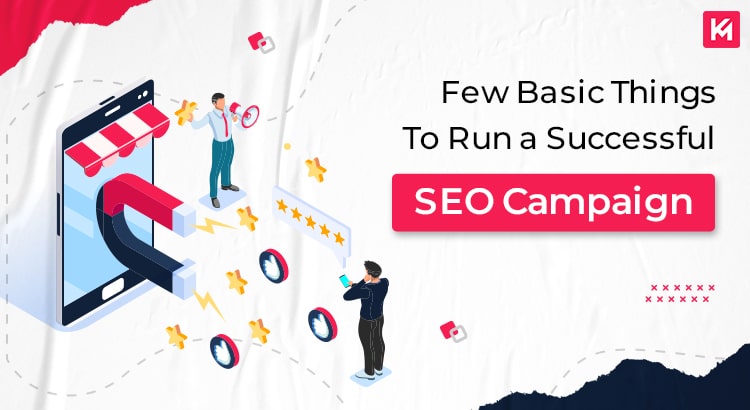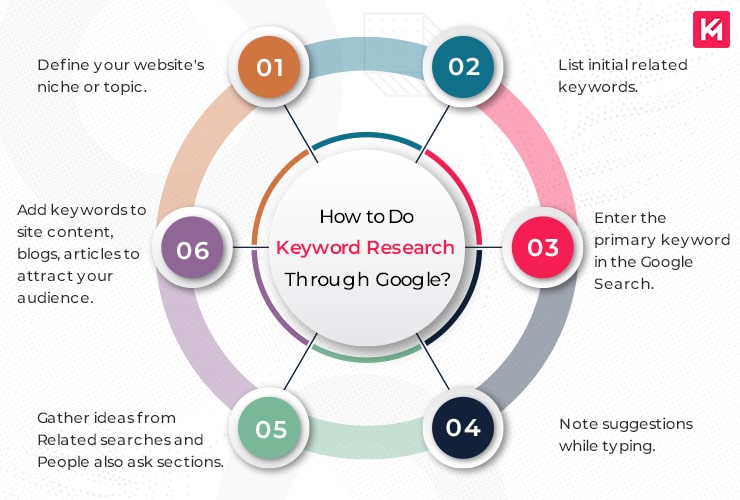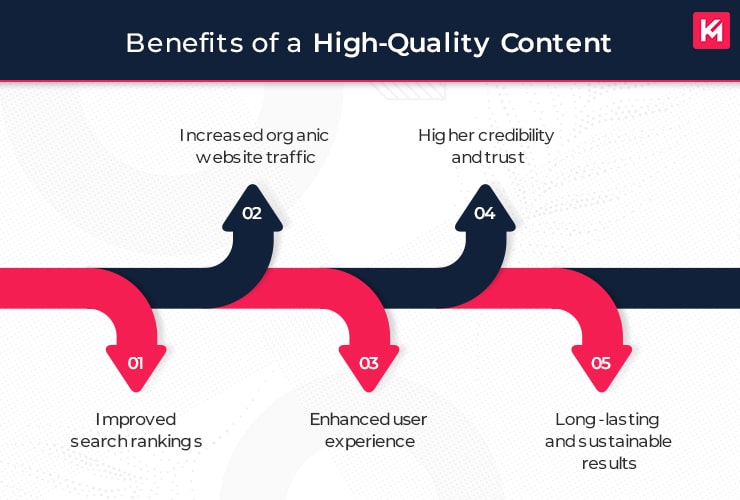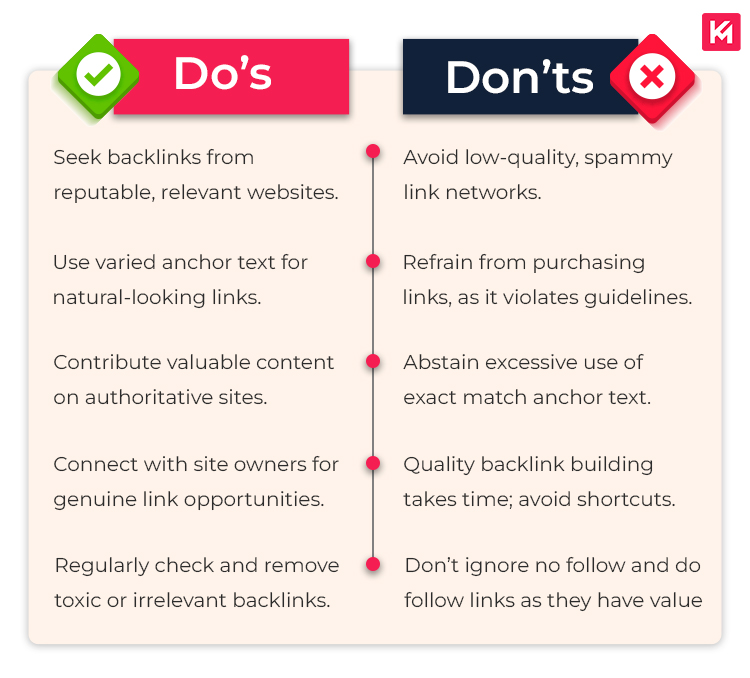In today’s time online visibility can break or make a business. For this very reason the need to master SEO has become non-negotiable for businesses around the world. A well executed SEO campaign can help your website gain the top spot on search engine result pages which in turn boost traffic and conversions.
However, know that the process of SEO can be tiring and confusing especially for those taking the first steps. But there is nothing you can not achieve when guided to the right path. This blog will meticulously guide you through the fundamental elements of running an SEO campaign that hits all the right notes.
Let’s Begin,
1. The importance of SEO campaign
Before we dive deep into the tactical intricacies, let us understand the importance of an SEO campaign first. An effective SEO campaign can help you:
- Amplify organic traffic: Gaining the top spot on the search engine result pages increases your website’s online visibility which result in a surge of organic traffic.
- Enhanced brand credibility: Higher search engine ranking confers authority and credibility to your website which builds trust among the users.
- Cultivate high quality leads: Organic search draws in prospects that are genuinely interested in your offerings which means a higher likelihood of conversions.
- Better user experience: SEO involves optimizing your website’s design, structure and content to improve user experience. This includes improving page loading speed, mobile usability and overall navigation to reduce bounce rate and keeps users engaged.
2. Keyword research:
The success of your SEO campaign depends upon your keyword research. This is because keywords connect the search query of the users to your content. In this practice we determine the possible keywords your target audience might use to reach your products and services. An effective keyword research involves:
- Interpreting search Intent:
Grasp the actual motive behind the search queries of your target audiences. They might seek information over a particular product or services or intend to make a purchase. Having this knowledge can help you frame your content in a way that answers their search intent.
- Harnessing keyword research tools:
Tools such as SEMrush or Ahrefs can help you find the right keywords for your business. To begin with let us take the example of SEMrush to conduct a keyword research:
- Visit SEMrush.com and login into your paid account
- Once you land on the dashboard, click on keyword research option
- Enter the primary keyword that describes your niche or topic
- Now SEMrush will generate a list of related keywords based on your primary keyword
- At last review that list for ideas
- Long-tail keywords:
Long-tail keywords, longer and more specific phrases, hold immense value in keyword research. They provide precision by reflecting user intent, resulting in higher conversion rates. Their reduced competition allows smaller businesses to gain visibility, and their relevance improves user experience, lowering bounce rates.
3. On-Page Optimization:
On-Page SEO is the process of modifying the on-site element of a website. The key element that it includes are as follows:
– Title Tags and Meta Descriptions:
What is a Meta tag?
Meta title is a page title that appears on the search engine result pages. It provides the information of the web page to the users and search engines alike.
How to approach?
First of all make sure that your meta title is no longer than 60 characters limit. This is because a lengthy tag will not be able to feature properly on the SERP. Add the target keywords that encourage your visitors to click and visit your website.
What is a meta description?
A meta description is a short textual summary that appears below the meta title. Same as a Meta tag it helps users and search engines understand the context of a webpage.
How to approach?
Make sure that your meta description is not too short and lengthy in nature. A short description will be unable to provide the full context of the web page to the vistorts. While a lengthy description might pose readability issues just like meta tags. The optimal length of a meta description should be between 150-160 characters.
In addition to this ensure your meat description is written with the target keywords and include CTAs that induce action from the audiences.
– Header tags:
Header tags such as H1, H2, or H3 can be used to structure the content of your blog or website. A well-structured content improves the overall readability of your content to your visitors which in turn increases user engagement rate.
– Strategic keyword placement:
Integrate target keywords naturally within the content, and make sure that it reads fluidly. Strive to maintain a healthy keyword density without resorting to forced keyword stuffing.
– Optimizing visual elements:
Optimize images by employing descriptive filenames and alt text, to help search engines’ comprehension of their content. Content that is optimized with images also enhances the user’s experience. This is because images contribute to the understanding of the content of the users.
4. High-Quality content creation:
Content is the basic fundamental unit of any SEO campaign. A good content has the power to solely hook your visitors to explore and engage with your website. Creating engaging content is imperative for:
- Dispensing value and relevance: Create content that addresses user’s needs, pain points or inquiries to deliver substantial value to them.
- Consistency is the key: Indulge in the habit of publishing content regularly to nurture users expectations and encouraging them to return for more.
- Diverse content formats: Leverage various content formats such as blog posts, infographics, videos, and podcasts to cater to diverse user preferences and consumption habits.
- Weaving links: Seamlessly incorporate internal links to lead users to related content within your site, and distribute external links to authoritative sources to strengthen credibility.
5. Technical SEO:
Technical SEO is the process of optimizing your website for search engines and also involves activities to enhance user experience. The key practices that it consist is as follows:
- Swift loading speed:
A website that loads slowly is sure to see a high bounce rate. This is because such websites frustrate the visitors and discourage them to continue and explore your competitor’s website. So, it becomes crucial to optimize your website loading speed to enhance user experience.
- Mobile-usability:
With the increase in the use of mobile devices to browse the web, now is the time for website owners to optimize for mobile usability. This can be achieved with the help of a responsive design.
A responsive design is a concept that aims to adjust the layout or the structure of your website as per the user’s screen. This technique employs fluid grid methods and media queries to match the website to the screen resolution.
- XML sitemaps and robots.txt:
To increase the online visibility of your website, you want search engines to crawl and index your web pages. This can be achieved with the help of a file known as XMlL sitemaps. It contains all the important pages of your website and helps search engines find and crawl your web pages. It also helps Google understand the very structure of your website.
On the other hand, a robot.txt can be used to signal search engines as to which web pages they should crawl and index on your website.
- Streamlined URL structure:
Simplify your URL structure, making it concise and relevant to the content it represents. Clear URLs aid both users and search engines.
6. Backlink building
You can understand backlinks as a hyperlink that directs visitors of a third party website to your own. When an authoritative website links back to your website it signals search engines the worthiness of your content. To build a sturdy backlink profile necessitates:
- Understanding backlink values:
Search engines perceive backlinks as validations of your content’s quality. Links from authoritative sites hold more weight.
- Guest posting relationship:
Cultivate relationships with relevant websites for guest posting opportunities, which allow you to showcase expertise and earn valuable backlinks.
- Quality trumps quantity:
Concentrate on acquiring high-quality backlinks from esteemed sources rather than amassing an abundance of low-quality links.
- Evading dark paths:
Refrain from engaging in dubious practices like purchasing links or participating in link schemes, as these can lead to penalties and reputational damage.
7. Social Media Integration:
Social media are more interconnected than you think. You can leverage social media for:
- Broadcasting content:
Reach, Connect and Engage with your target audience by sharing valuable content across multiple social media platforms.
- Influence of social signals:
Social signals constitute likes, shares, and comments. They are not a direct ranking factor but can definitely impact your site’s visibility on the search engine result pages.
- Brand exposure amplification:
Active engagement on social media heightens brand visibility, fosters a community, and garners trust among users.
8. Analytics and Monitoring
SEO is driven by data insights. Set up tools like Google Analytics and Google Search Console to:
- Ranking tracking: Monitor keyword rankings to gauge your performance and identify areas that need improvement.
- Behavior analysis: Inspect user behavior on your site – the pages they visit, how long they stay, and where they exit – to uncover insights for optimization.
- Spotting opportunities: Extract actionable insights from the data, revealing opportunities for enhancement and guiding your SEO strategy.
Final Words!!
In the end, know that running a successful SEO campaign requires dedication, patience, and willingness to learn and adapt. By implementing the above discussed ways, you will be on your way to achieve higher search engine rankings, increased organic traffic and increased online presence. Remember, SEO is an ongoing process- embrace the journey and watch your SEO efforts bearing fruits of success.




